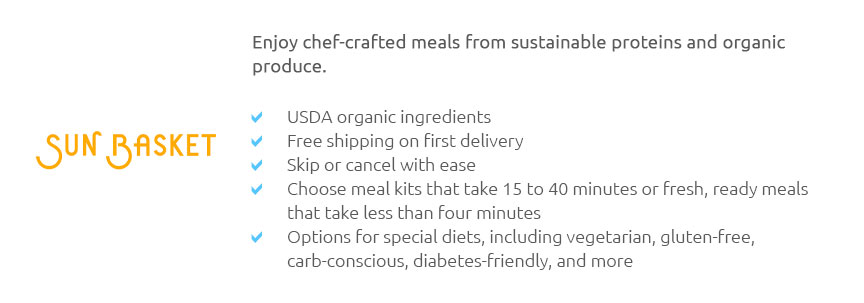 |
 |
 |
|---|
 |
|---|
 |
||||||
|---|---|---|---|---|---|---|
|
||||||
 |
 |
|||||
 |
 |
|||||
 |
 |
|||||
 |
 |
|||||
 |
 |
|||||
 |
 |
|||||
 |
 |
|||||
 |
 |
|---|
Exploring the World of Delivery Prepared MealsIn today's fast-paced society, the demand for convenience has permeated every aspect of our lives, with delivery prepared meals standing out as a stellar example of this modern lifestyle shift. These services have become a beacon for those juggling hectic schedules yet unwilling to compromise on the quality and nutrition of their meals.
At their core, delivery prepared meals offer a simple promise: to provide freshly made, nutritionally balanced meals delivered straight to your doorstep. But how did we arrive at this culinary crossroads? To understand the phenomenon, we must delve into the evolving landscape of consumer habits and the innovative approaches of businesses that cater to these needs. Convenience and Quality remain at the heart of why so many individuals gravitate towards these services. Imagine a bustling professional who finds it challenging to carve out time for cooking amidst back-to-back meetings and evening commitments. For them, a meal delivery service is not just a time-saver but a gateway to maintaining a balanced diet without the hassle of meal prep. These services meticulously craft their offerings to ensure variety and freshness, often employing skilled chefs who curate diverse menus that cater to a range of dietary preferences and restrictions, from gluten-free to vegan options. However, it's not just the busy professionals who benefit. Families, too, find solace in the convenience offered by these services. For parents managing work and household responsibilities, delivery prepared meals simplify dinnertime, allowing for more quality moments with their children without the stress of meal planning and preparation. Several real-world examples illustrate the growing popularity of this industry. Take, for instance, the success story of Blue Apron, which pioneered the meal kit delivery model in the United States. Although they started with meal kits requiring some assembly, they have expanded their offerings to include fully prepared meals, acknowledging a market eager for even greater convenience.
It's also worth noting the subtle shift in consumer expectations that these services have managed to fulfill. In an era where personalization reigns supreme, the ability to choose meals tailored to one's tastes and dietary needs is a significant draw. This customization aspect is deftly handled by advanced algorithms that predict preferences based on past orders, making the service feel both personalized and intuitive. Despite their myriad advantages, delivery prepared meals are not without their challenges and critiques. Cost is a notable consideration, as the convenience and quality come at a premium, which may not be accessible to all demographics. Furthermore, there is an ongoing conversation about the environmental impact of packaging waste, prompting companies to innovate with sustainable packaging solutions to address these concerns responsibly. In conclusion, the rise of delivery prepared meals represents a fascinating intersection of technology, convenience, and culinary art. As these services continue to evolve, they not only redefine our eating habits but also reflect broader societal shifts towards personalized, efficient, and health-conscious living. Whether you're a busy professional, a family seeking ease, or a health enthusiast looking for tailored meal solutions, these services offer a glimpse into the future of dining-one that is as delicious as it is convenient. https://www.bonappetit.com/story/cookunity-meal-delivery-honest-review?srsltid=AfmBOoox3C2MYbbtHw1krnRKGfawyCD6WGXPTPCmFzOXcf9hThOvvJT9
The verdict. Is CookUnity worth the money? I think so. The membership is flexible (and free), the food is high-quality, and the convenience of ... https://www.everytable.com/?srsltid=AfmBOooXlTRVFZvsk9Jf9qgg--KPeo8Do-oD9cw81dViBJlsbg0BkyVu
Average 4.5 rating across 3,000 reviews. - We embrace the cultural shift towards real, authentic food and meaningful connections, moving away from fast, ... https://www.tempomeals.com/?srsltid=AfmBOoo_QeM84eQV5I5iG4Hb79TIhyk28kB3ptWINdKvE3H8wwMIXWb-
Tempo is a prepared meal delivery subscription that serves up fast, feel-good, single-serving meals. Customers receive fresh, chef-designed, ready-to-heat meals ...
|
|---|


